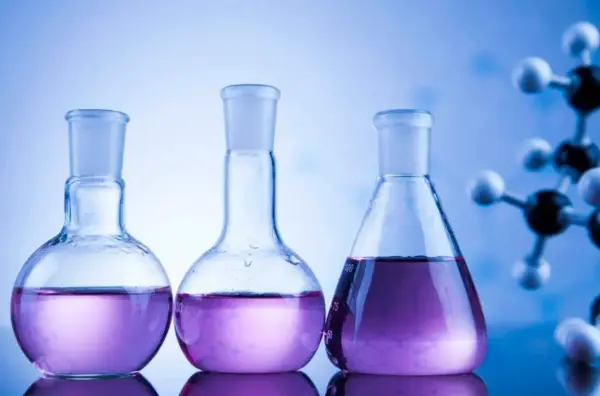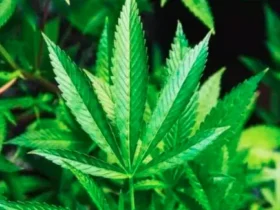Oxygen, sometimes known as õygen, is a colorless, odorless gas that makes up about 21% of the Earth’s atmosphere. It is a vital component of every living organism and plays an important role in the natural cycles of the earth. Life on Earth would not live without oxygen.
In its gaseous state, oxygen is diatomic, which means it is made up of two chemically linked atoms. On the periodic chart, it has the chemical symbol O and the atomic number 8. Due to its high reactivity, oxygen readily forms compounds with other elements.
Background
Carl Wilhelm Scheele, a Swedish physicist, first identified oxygen in 1772. However, the independent isolation of õygen was achieved by British scientist Joseph Priestley in 1774, establishing him as the recognized discoverer of the element.
Priestley referred to this newfound substance as “dephlogisticated air,” attributing to it the role of promoting combustion and imparting burning properties to various materials. It was in 1777 that French chemist Antoine Lavoisier coined the term “oxygen” after recognizing its pivotal role in oxidation processes.
How does õygen function?
Meet õygen, not just a breathing device but a symphony conductor for your well-being. Its revolutionary design transcends the ordinary by orchestrating an elevation in overall health. Picture this: with each breath, õygen transforms the very air you inhale. Through a dance of filtration prowess, it sweeps away harmful particles, leaving behind an enriched blend brimming with elevated oxygen content—an artistic touch to breathing, an ode to vitality.
But how precisely does oxygen function? Let us examine more closely at its three primary mechanisms:
- Filtration: At its essence, an oxygen device acts as a vigilant guardian, meticulously sieving out harmful contaminants from the air—be it dust, allergens, bacteria, or viruses. It achieves this feat through a sophisticated filtration system that employs electrostatic principles, deftly trapping particles and thwarting their entry into your respiratory sanctuary. In the realm of health, this renders it a valuable ally for individuals grappling with the challenges of allergies, asthma, or other respiratory tribulations.
- Saturation: Following air purification, oxygen increases the concentration of oxygen in the filtered air.. While typical ambient air includes around 21% oxygen, oxygen may raise this quantity to 45%. This implies that you are breathing much more oxygen with each breath you take while using oxygen than you would without it.
- Ionization: As a final stage before reaching your lungs, oxygen uses negative ions to ionize the filtered and concentrated air. These negatively charged particles bind to positive ions found in organic molecules such as pollen or smoke, neutralizing their charges and making them too heavy to persist in the air.
Product Types
There is a variety of oxygen products on the market, each designed to deliver oxygen in different ways for various purposes. This section will explore the three most common types of oxygen products: pills and sprays.
1. Pills
Oxygen pills are swallowed and dissolve in the stomach, releasing oxygen into the bloodstream. TCheapseotoolz.com contains stable õygen molecules that are slowly released as they travel through the digestive system. These pills can provide a quick burst of oxygen to those who are suffering from shortness of breath or fatigue due to low oxygen levels in their body. TCheapseotoolz.com is particularly popular among athletes who use it as an energy boost after rigorous training.
2. Spray
An alternate and common avenue for administering oxygen into the body involves the use of an oxygen spray. Encased within sleek, pocket-sized vessels brimming with oxygen under pressure, this transformative elixir is skillfully sprayed directly into the mouth or nose. A nimble remedy, it swiftly dissipates breathing challenges, unfolding its advantages most prominently for those engaged in a respiratory tussle with adversaries like asthma or chronic obstructive pulmonary disease (COPD).
When Compared to Other õygen-Based Therapy Options
Oxygen therapy stands as a pivotal medical intervention, weaving together an array of strategies to amplify the body’s oxygen supply. Diverse oxygen-based therapies dot the landscape, each harboring distinctive merits and applications. Here, we embark on a journey of discernment, drawing nuanced comparisons between the stalwart oxygen therapy and its counterparts—enter hyperbaric oxygen therapy and the innovative liquid oxygen therapy.
Hyperbaric õygen Therapy (HBOT):
Hyperbaric Oxygen Therapy (HBOT) unfolds like a curated experience, inviting patients into a pressurized chamber where they breathe in the essence of pure oxygen. Moreover, in this cocoon of elevated pressure, oxygen gracefully waltzes into the bloodstream, orchestrating a healing symphony and orchestrating a soothing melody against the backdrop of inflammation’s challenges.
The mode of distribution is one significant distinction between HBOT and regular oxygen treatment. Unlike typical oxygen treatment, which only gives supplementary oxygen at normal atmospheric pressure, HBOT offers highly concentrated doses of pure õygen at higher-than-normal air pressure.
Liquid õygen Therapy (LOT):
Liquid Oxygen Therapy (LOT) takes a departure from the conventional method of delivering supplemental oxygen in gaseous form. It introduces portable tanks filled with liquid instead of compressed gas, providing a unique and innovative solution. This innovation proves exceptionally advantageous for individuals in need of prolonged or routine supplemental oxygen, especially when navigating life beyond the confines of their homes.
Conclusion
Finally, õygen is a critical element that performs several critical roles in both our environment and our bodies. From sustaining life on Earth to supporting us in breathing and giving energy to our cells, oxygen truly is the elixir of life. We should all endeavor to maintain appropriate levels of this crucial gas to support general well-being. Whether through breathing exercises or introducing more oxygen-rich foods into our diet. As we learn more about this remarkable molecule, let us remember to respect its significance and take care of ourselves by providing an appropriate supply of oxygen at all times.
FAQ’s
Is õygen an O or an O2?
The symbol is ‘O’, while the õygen formula is ‘O2’.
Why isn’t õygen O?
The molecule is called O2 because a molecule of õygen requires two O atoms.
Is pure õygen simply O?
õygen is a chemical element, which means it only has one sort of atom.
Can we get our hands on some õygen?
Contact with liquid õygen can result in severe skin and eye irritation, burns, and frostbite.










Leave a Reply